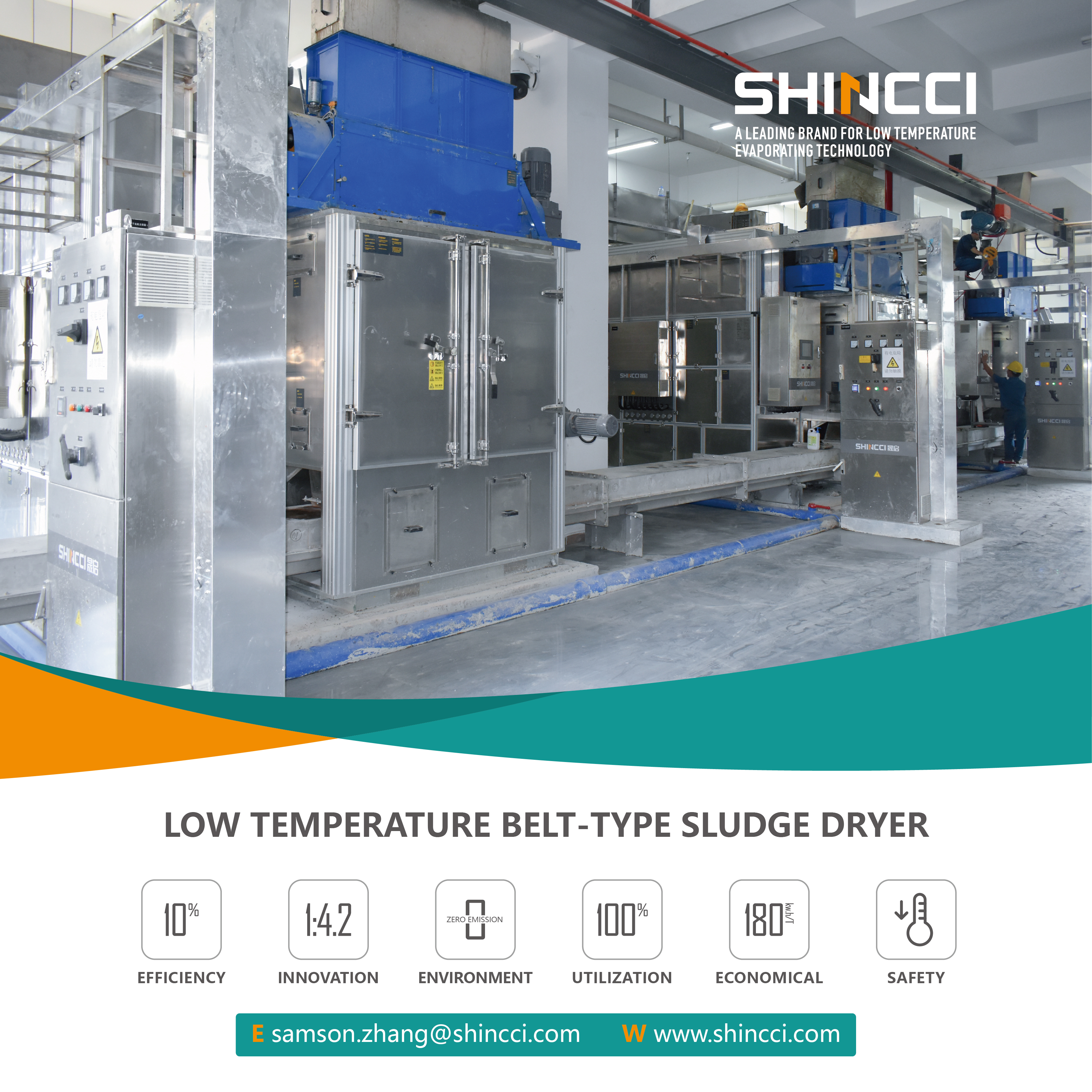 Drying Technology
Drying Technology
Key words: sewage treatment plant
sludge treatment and disposal sludge drying incineration
Sewage treatment training camp phase V - MBR process skill improvement
In recent years, the amount of sludge has also increased significantly with the rapid improvement of sewage treatment capacity in China, In 2019, the output of urban wet sludge was close to 50 million tons, nearly twice that of 2010, and the 10-year average compound growth rate from 2010 to 2019 reached 7.3%.
After years of exploration, China's sludge treatment and disposal industry has mainly formed four mainstream technical routes for stable treatment and safe disposal: "anaerobic digestion + land use", "aerobic fermentation + land use", "dry incineration + ash landfill or building materials utilization", and "deep dehydration + emergency landfill", which effectively supports the solution of sludge treatment and disposal problems in China. At present, various technologies account for 31% of the total scale of sludge treatment and disposal, 27% of mechanical dehydration, 20% of anaerobic digestion and 18% of aerobic fermentation.
With the upgrading and reconstruction of the sewage treatment plant, the sludge disposal has extended the paths of coupling waste incineration, collaborative disposal of cement kiln and participation in soil remediation, and the technical process has broken through the bottleneck. Research shows that at the current level, the cost of sludge drying and incineration below 300 yuan / ton can not complete the whole process of commercial operation in developed areas. The cost of collaborative treatment is often slightly lower. For example, the total cost of waste incineration plant, including profit, is generally about 400 yuan / ton.
The lack of funds may be one of the main reasons why the sludge treatment and disposal industry is not popular. In terms of regional distribution, sludge incineration and drying are the most widely used sludge treatment technologies in East China; In Northeast China, East China and central China, sludge aerobic composting technology is adopted; In addition, anaerobic digestion facilities are also widely built in East China, North China and central China.
According to the survey data, the main investment and operation costs of domestic sludge treatment and disposal projects are as follows: the investment cost of simple anaerobic digestion is about 200000-400000 yuan / (T / D). Due to the lack of blast aeration, the cost is saved, and the operation cost of simple anaerobic digestion is about 60-120 yuan / T (moisture content 80%, excluding concentration and dehydration) The operating cost of aerobic fermentation is 120-160 yuan / ton. The investment cost of sludge drying incineration is 500000-1 million yuan / ton, and the operating cost is 270-550 yuan / ton; the investment cost of sludge building materials utilization is 300000-500000 yuan / ton, and the operating cost is 50-200 yuan / ton.
It is difficult for the sludge treatment industry to make profits on its own, and its operation mainly depends on government subsidies. From the perspective of the willingness to pay at the government meeting, it is hoped that the sludge problem can be solved at 100-300 yuan / ton. The cost of resource utilization is high, which is difficult for enterprises to bear. Once an enterprise calculated such an account, the cost of processing a ton of sludge is 320 yuan, the government subsidized sludge disposal fee is 218 yuan / ton, and 10 tons of sludge produce one One ton of fertilizer and one ton of organic fertilizer can be sold for 220 yuan, and the enterprise dealing with one ton of sludge loses more than 100 yuan.
The high cost of resource utilization of sludge treatment is the main restrictive factor of the industry. Organic fertilizer has been banned, the water content of sludge is large, the cost of transportation and treatment is high, it is difficult to collect township sewage treatment fees, and it is not easy for some underdeveloped areas to rely on public finance